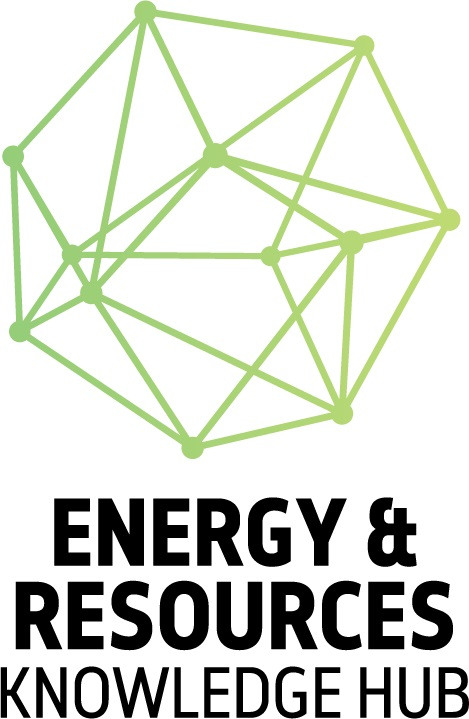The enzyme that could help make energy dreams come true
In this article originally published by Monash Lens, Dr Rhys Grinter, Ashley Kopp and Professor Chris Greening from Monash University discuss their research on a natural enzyme that creates electricity from the hydrogen in air.

The enzyme in question is called Huc (pronounced “Huck”). It’s made by bacteria, and helps them with growth and survival in soil, in the oceans, in volcanic craters, and even Antarctica.
Monash microbiologists have now discovered it can make electricity from thin air.
The important discovery is outlined in a new edition of the journal Nature. The research team was led by Monash’s Dr Rhys Grinter, PhD student Ashleigh Kropp, and Professor Chris Greening, from the Biomedicine Discovery Institute.

Professor Greening’s lab specialises in how bacteria obtain energy. Dr Grinter’s lab focuses on the molecular machines that make up bacteria, and how they work.
“We've known for some time that bacteria can use the trace hydrogen in the air as a source of energy,” Professor Greening said. “But we didn't know how they did this, until now.”
Huc works as a hydrogen gas scavenger, and unlike all other known enzymes and chemical catalysts, it can consume the gas below atmospheric levels.
In this way it’s like a natural battery, making a small electrical current from air or added hydrogen. Science has been stumped as to how it worked. This finding opens the way to create devices that literally make energy, in the form of electricity, from thin air.
“What we really wanted to do was isolate Huc from a bacterium able to scavenge atmospheric hydrogen,” says Dr Grinter.
“That is a challenging thing to do, because often these environmental bacteria are hard to cultivate. So, we developed a series of new methods for, first, growing the bacteria, then breaking them open and then using chemistry to try and isolate this single component.”
The chosen bacterium was Mycobacterium smegmatis, discovered in 1884 in Austria by a doctor, Sigmund Lustgarten, who was looking into skin diseases. Despite being isolated in this context, M. smegmatis generally lives in the soil, doesn’t cause disease, and is relatively well-studied because of its use as a model for organism for its cousin tuberculosis.
“Also,” he says, “one of the things that's important for studying bacteria or purifying the components is to be able to change their genomes. Add genes, take them away and put in a little bit of extra DNA that allows you to purify the complexes. These tools exist for M. smegmatis.”

Team member Ashleigh Kropp did much of the lab work, including extracting Huc from the bacteria cells.
“We found that Huc has an extra component that we didn’t know existed,” he says.
“Using this, Huc forms a large complex, and when we remove it, Huc doesn’t form that large complex anymore. It turns out that this component and the complex is really important for how Huc functions in the cells.”
The lab work showed that purified Huc can be stored for long periods.
“It’s very stable. It’s possible to freeze the enzyme or heat it to 80° Celsius, and it retains its power to generate energy,” Kropp says. “This reflects that this enzyme helps bacteria to survive in the most extreme environments.”
What can Huc power, and how could it be used?
“While there’s a lot of work to do to make this happen, there’s a number of potential applications,” says Dr Grinter. “The synthesis of fine chemicals requires very specific modifications to a molecule, which can be difficult to perform chemically. Huc could use the electrons from small amounts of hydrogen in air to perform these chemical modifications, in industrial chemical synthesis.”
Huc could also be used as a sensor for hydrogen. Huc produces electrical current when hydrogen is present. When Huc is placed in an electrical circuit, this current can be measured to determine the hydrogen concentration.
Because Huc can oxidise hydrogen to extremely low concentrations, a sensor that incorporates it would be very sensitive.

Possibly the most interesting application of Huc is to power small electronic devices using air or low concentrations of hydrogen.
This would mean these devices are powered by a super-clean and sustainable energy source. Because the amount of hydrogen present in air is so small, only a small amount of electricity could be extracted from it.
However, if these devices were provided with more hydrogen, produced in the burgeoning hydrogen economy, Huc could produce significantly more power.
“Once we produce Huc in sufficient quantities,” Dr Grinter says, “the sky is quite literally the limit for using it to produce clean energy.
“In addition to the potential applications of the research, this work is really important, because it can help us understand how our planet works.
“Between 60% to 80% of bacteria in soils, especially nutrient-deprived soils, have enzymes like Huc, and are constantly absorbing hydrogen.
“They absorb 70 million tonnes of hydrogen every year, and this shapes the composition of our atmosphere, which makes this process important for modulating the climate. Understanding the biochemistry of this process may allow us to harness it to stabilise our climate in the future.”












